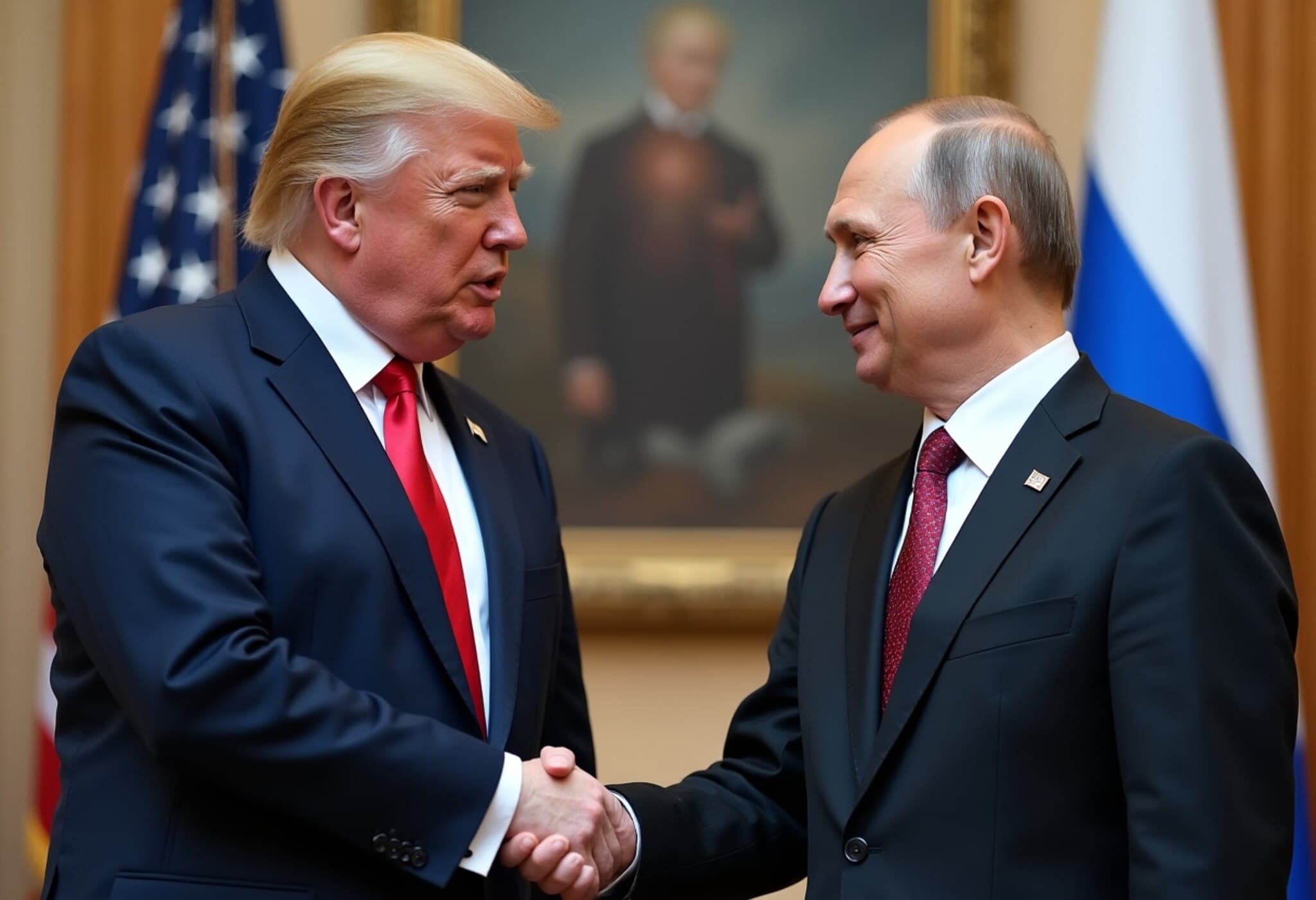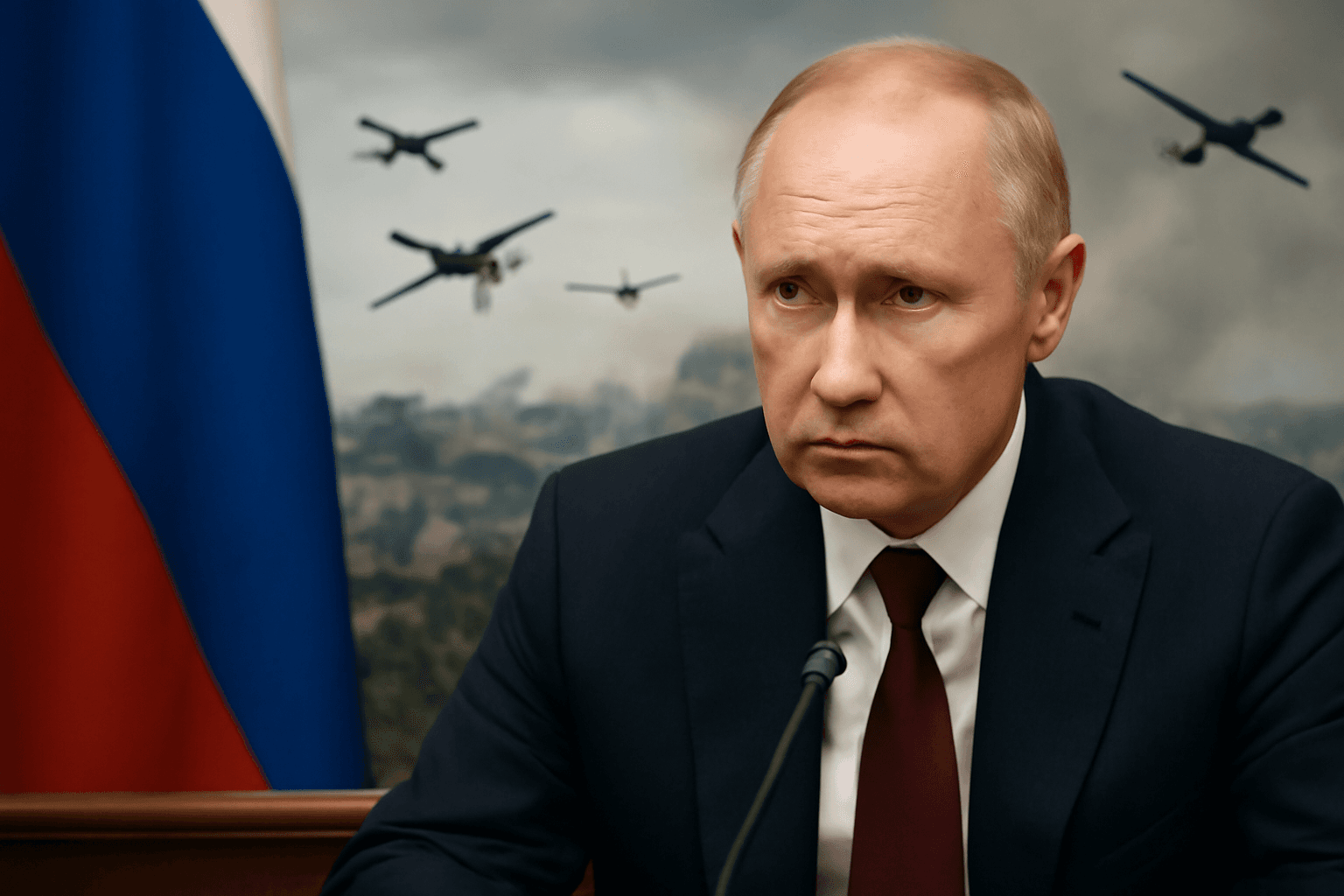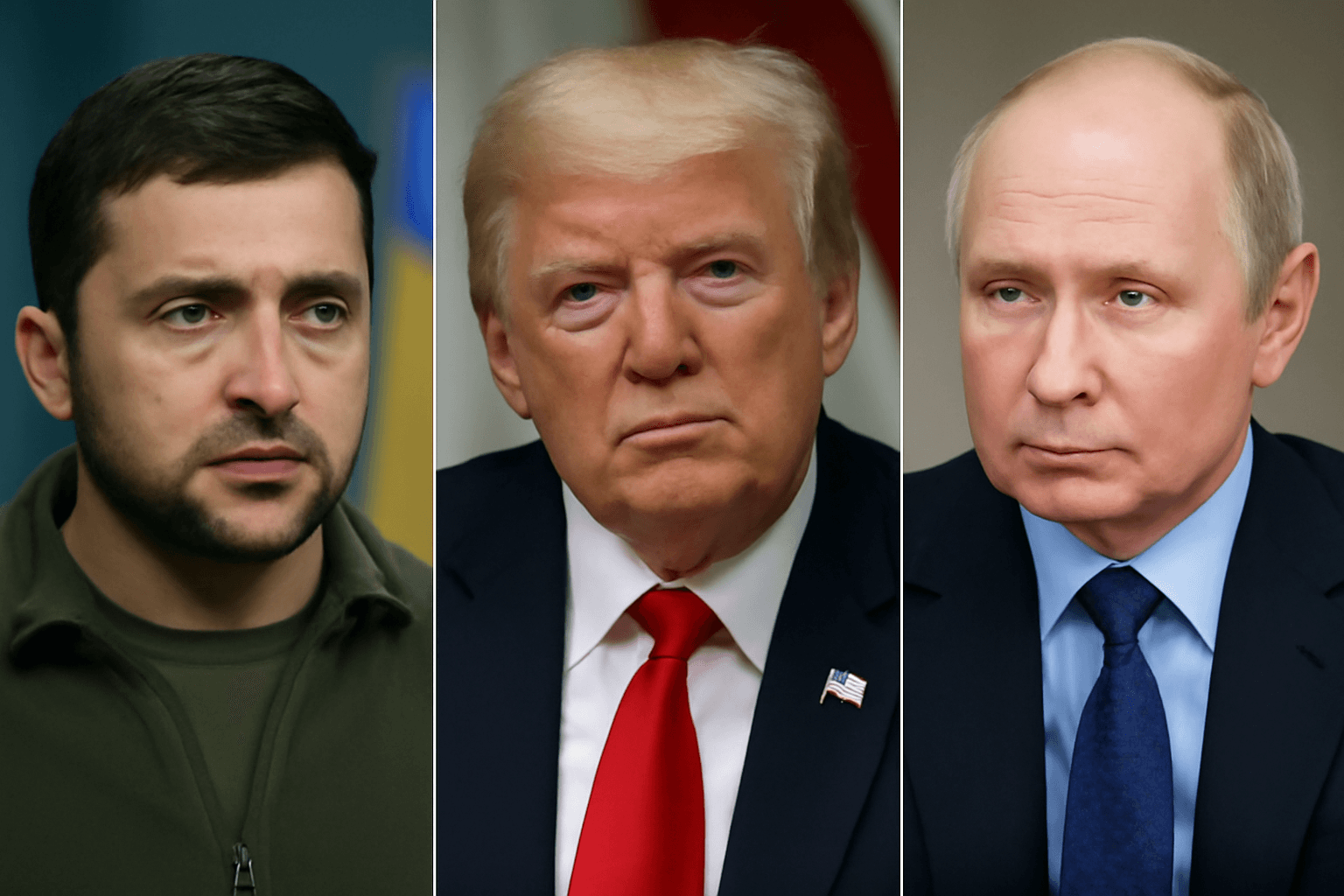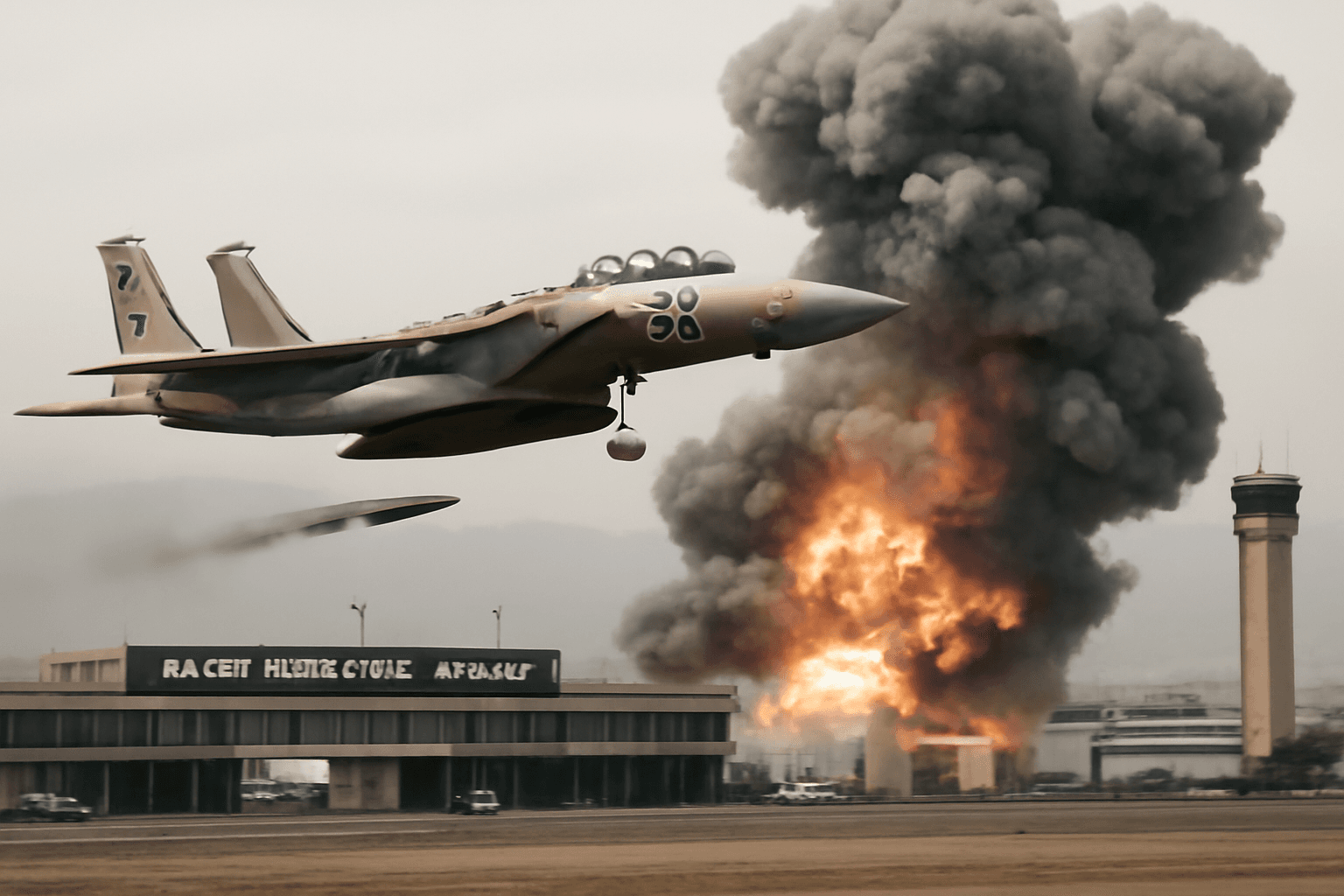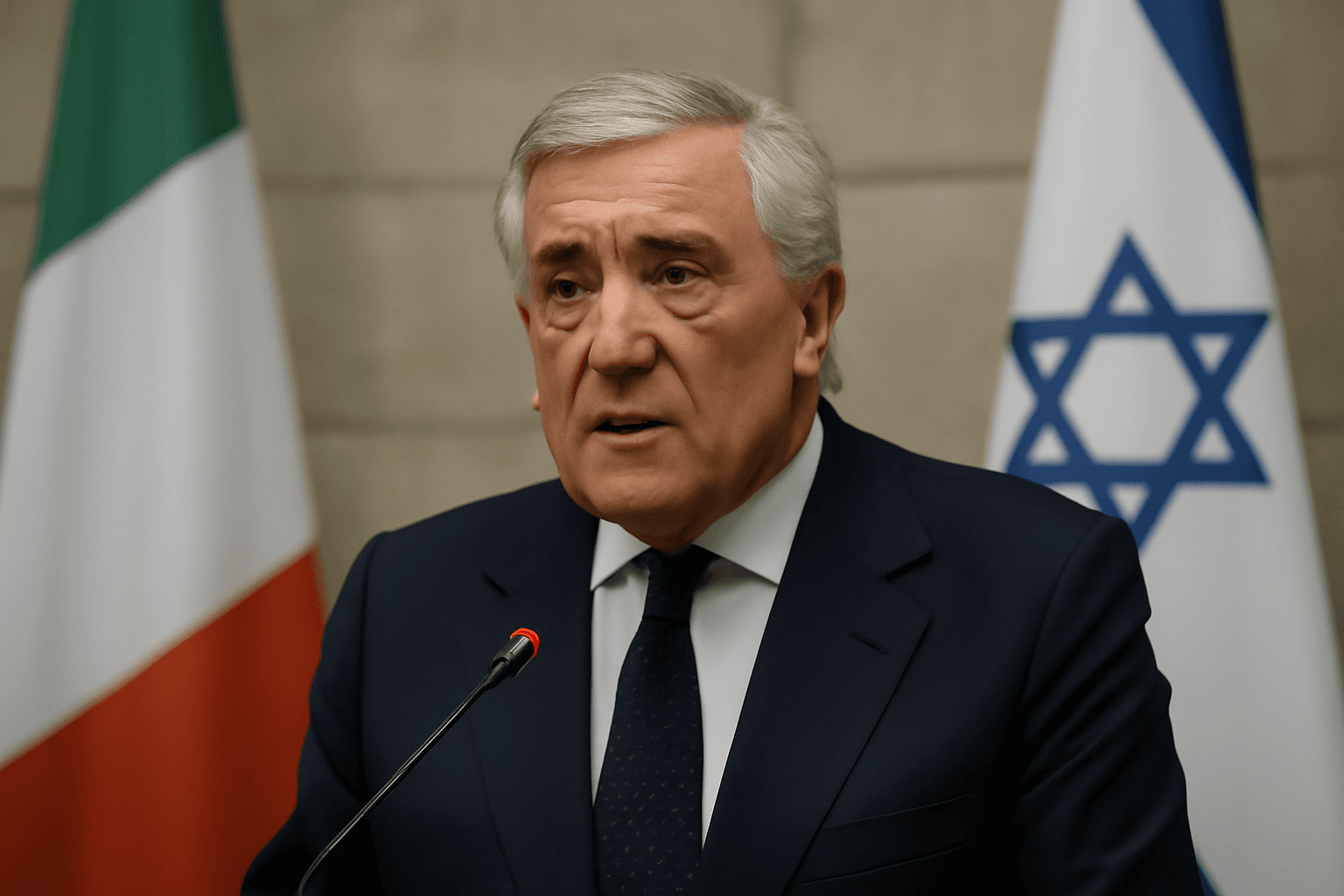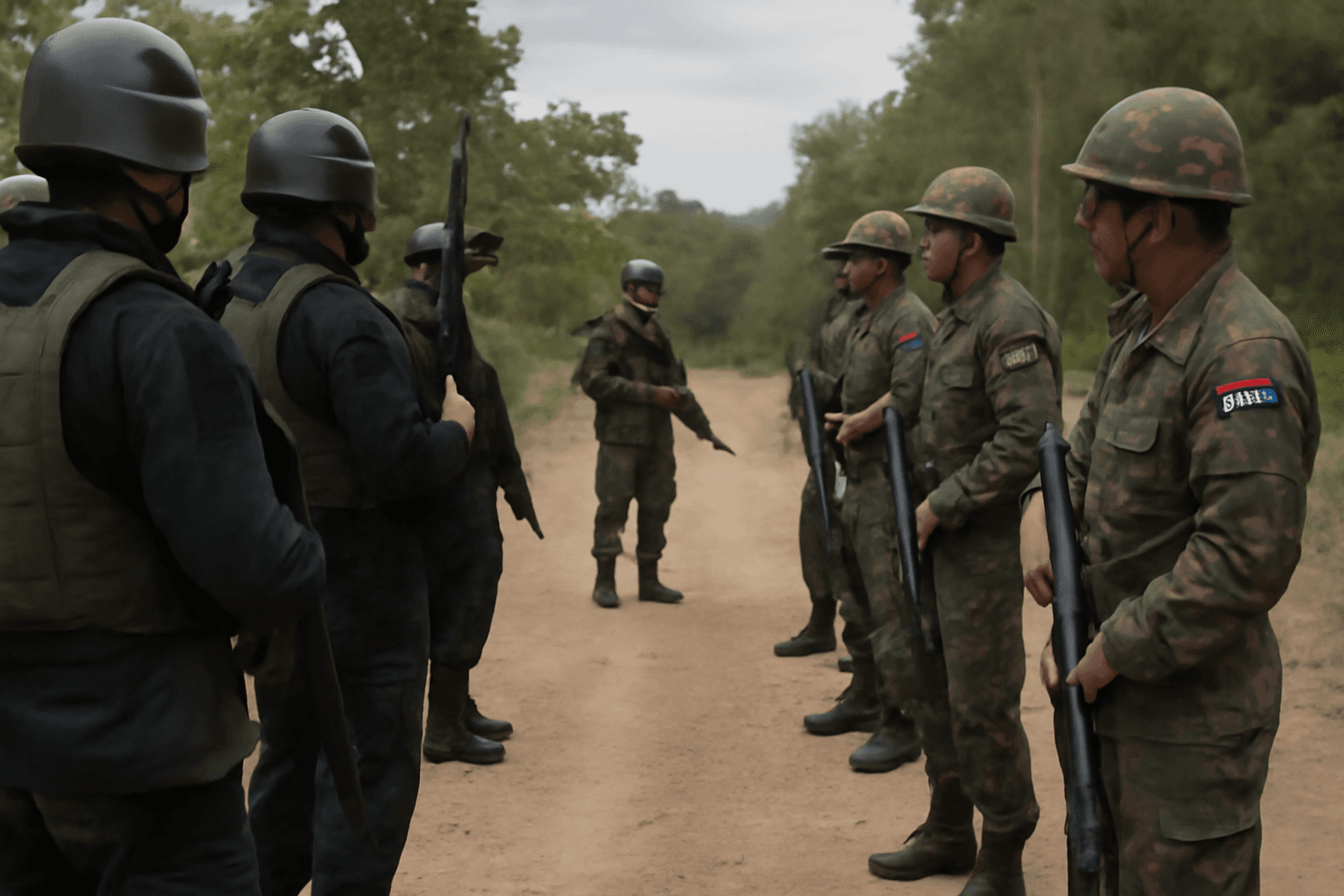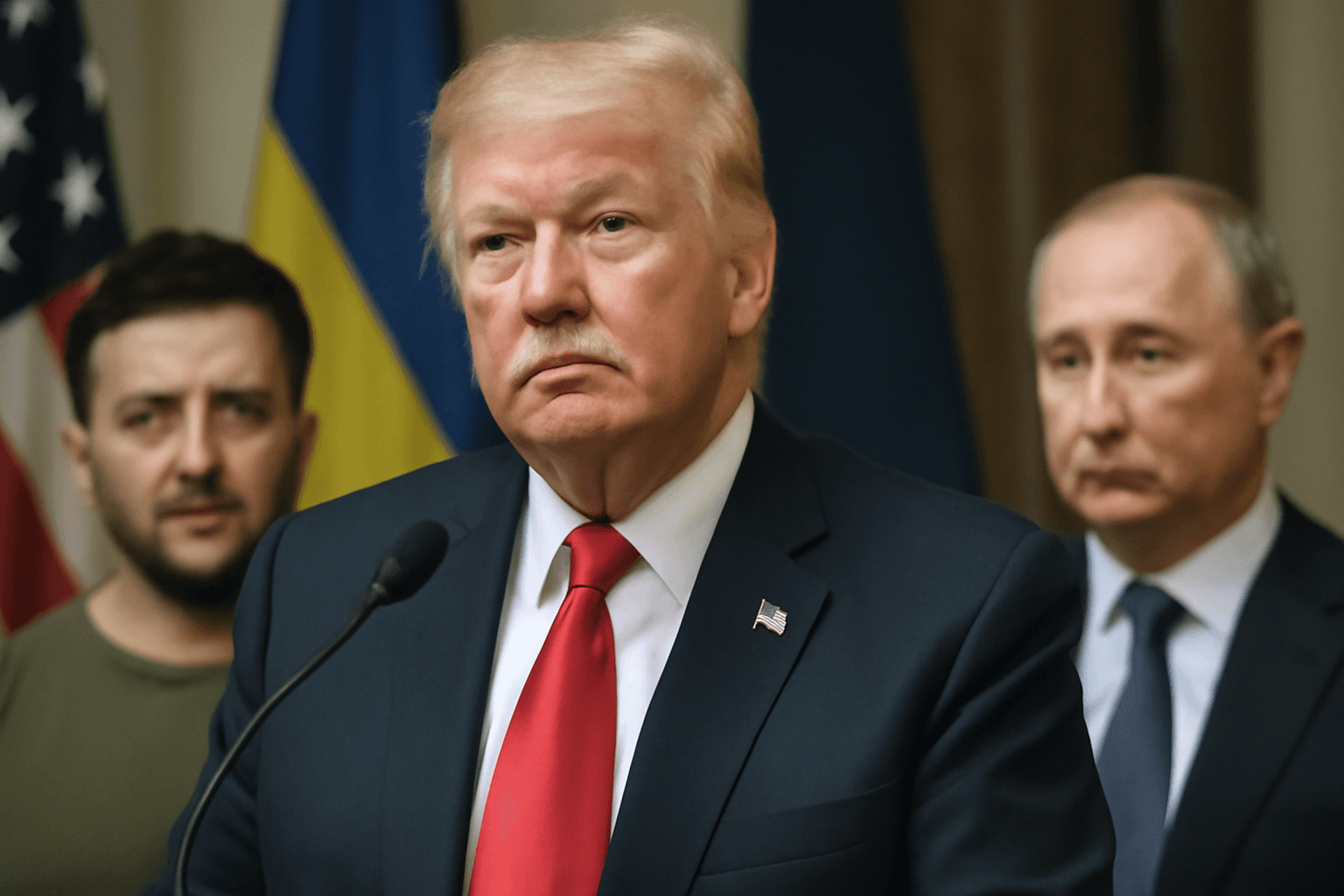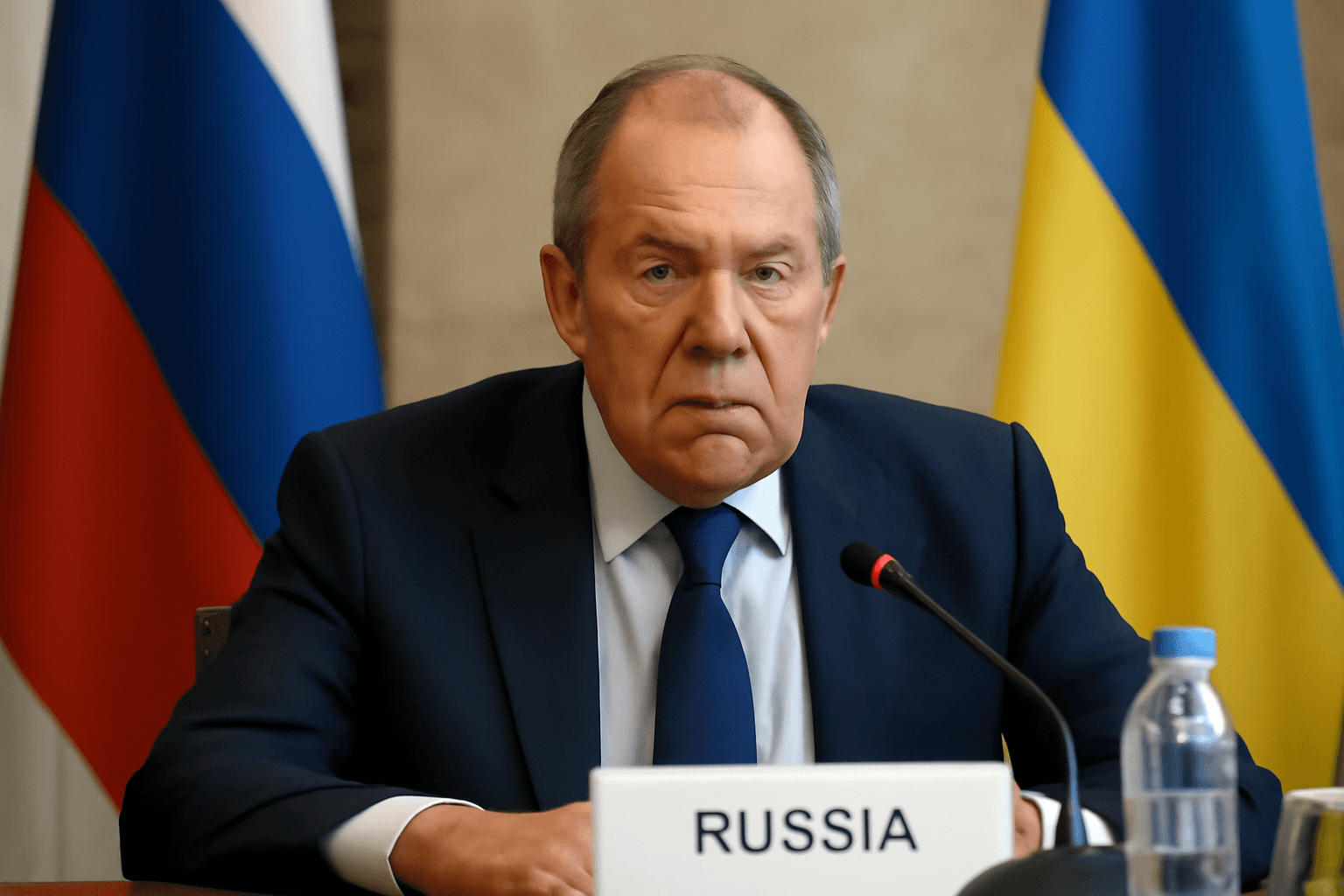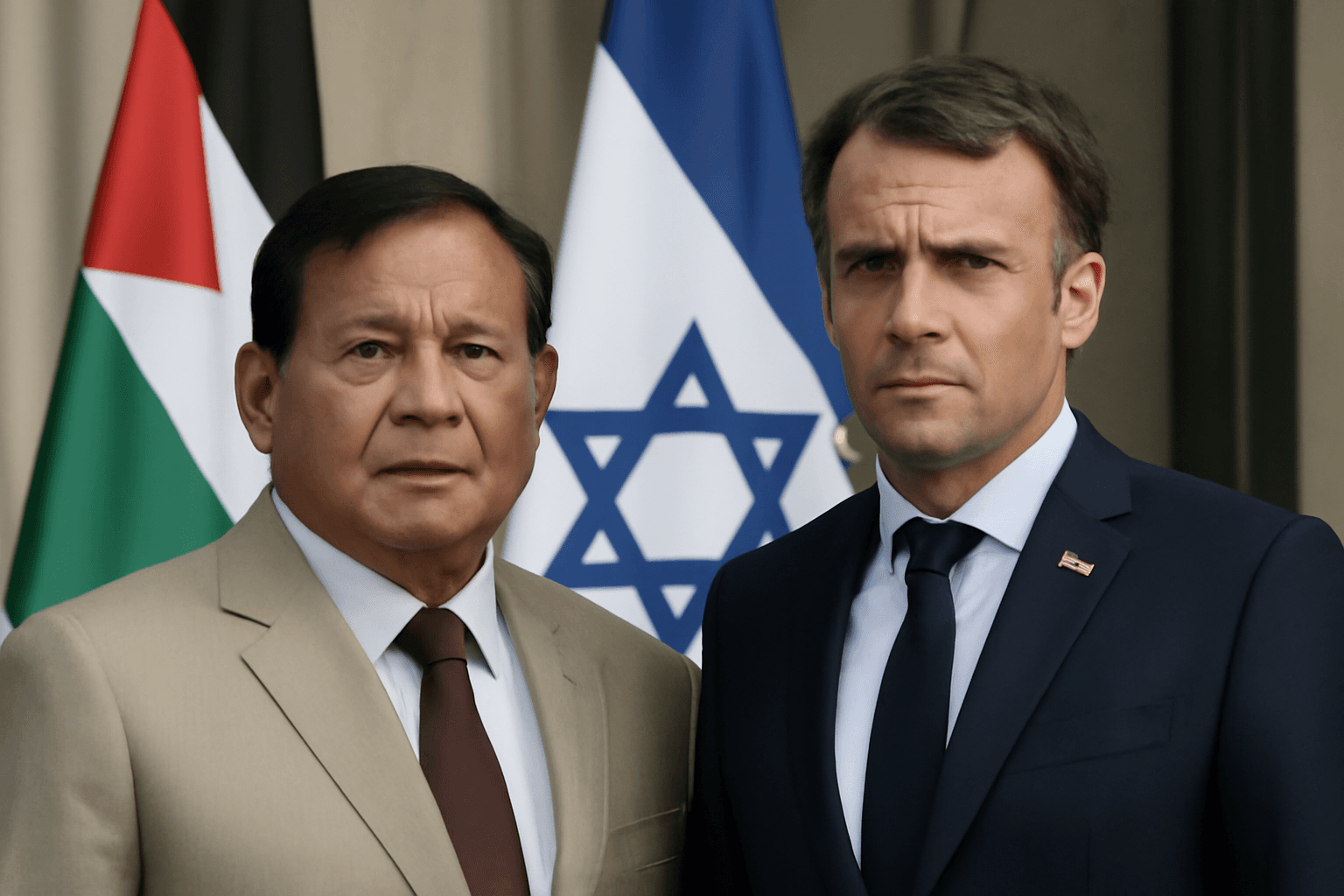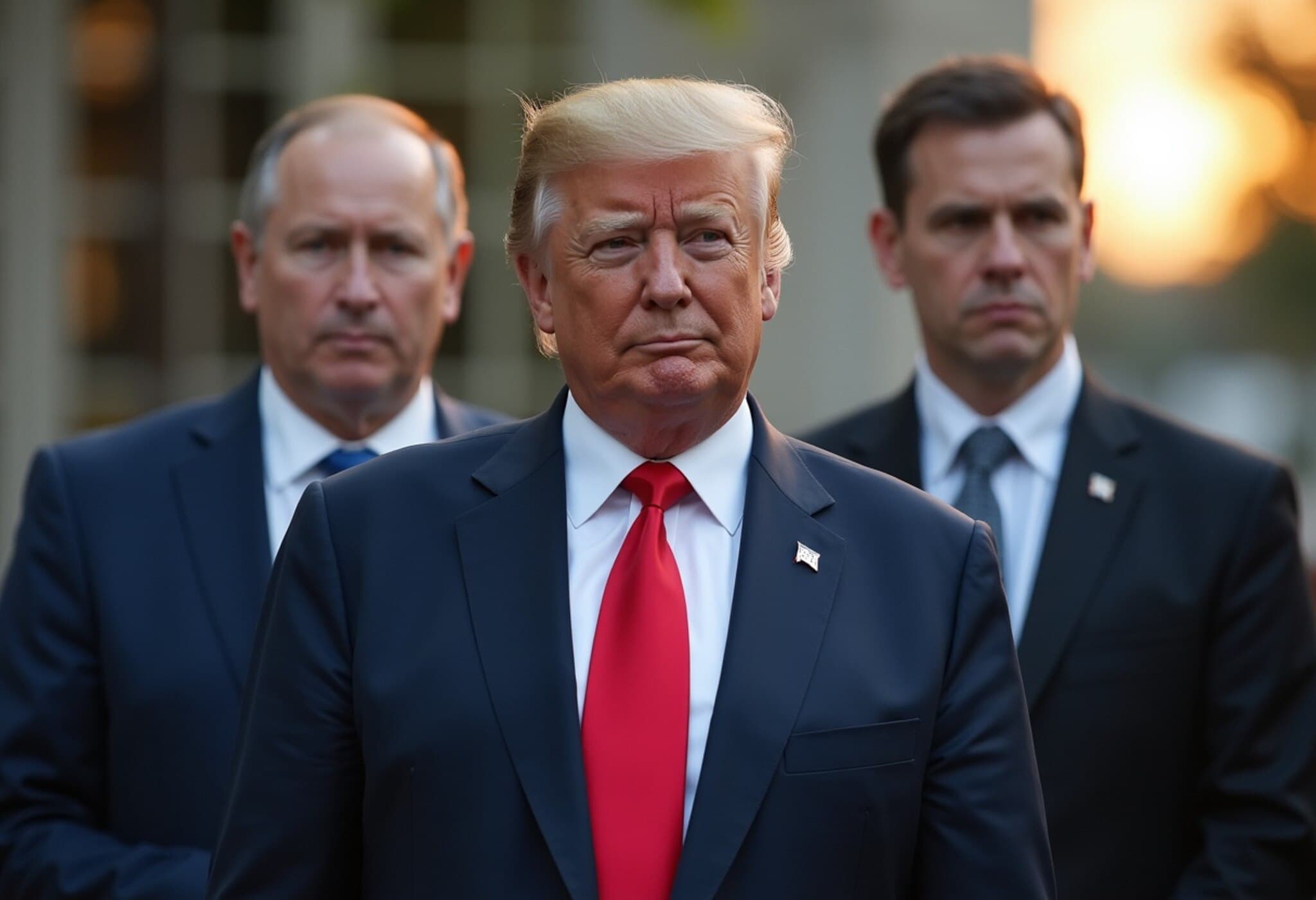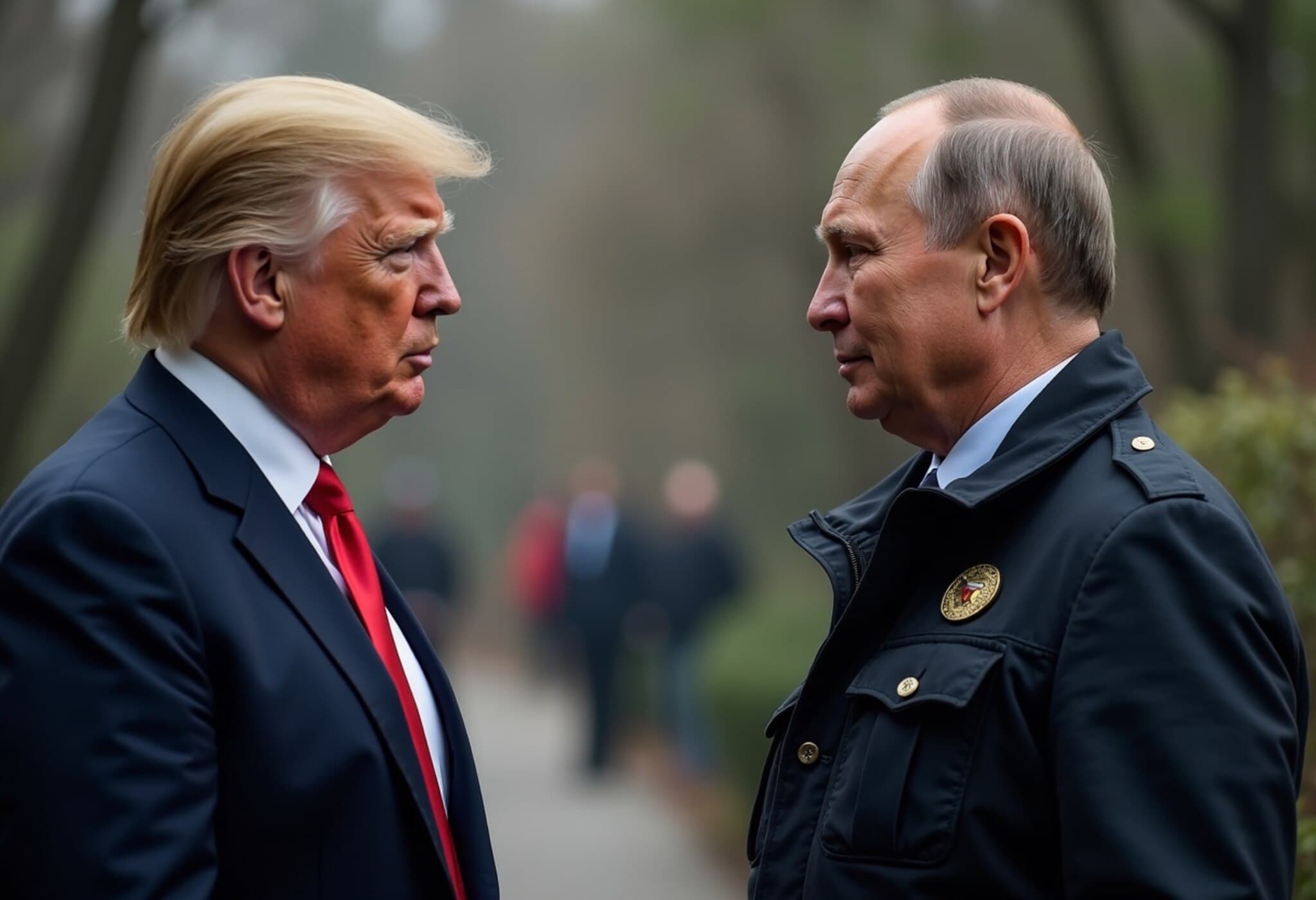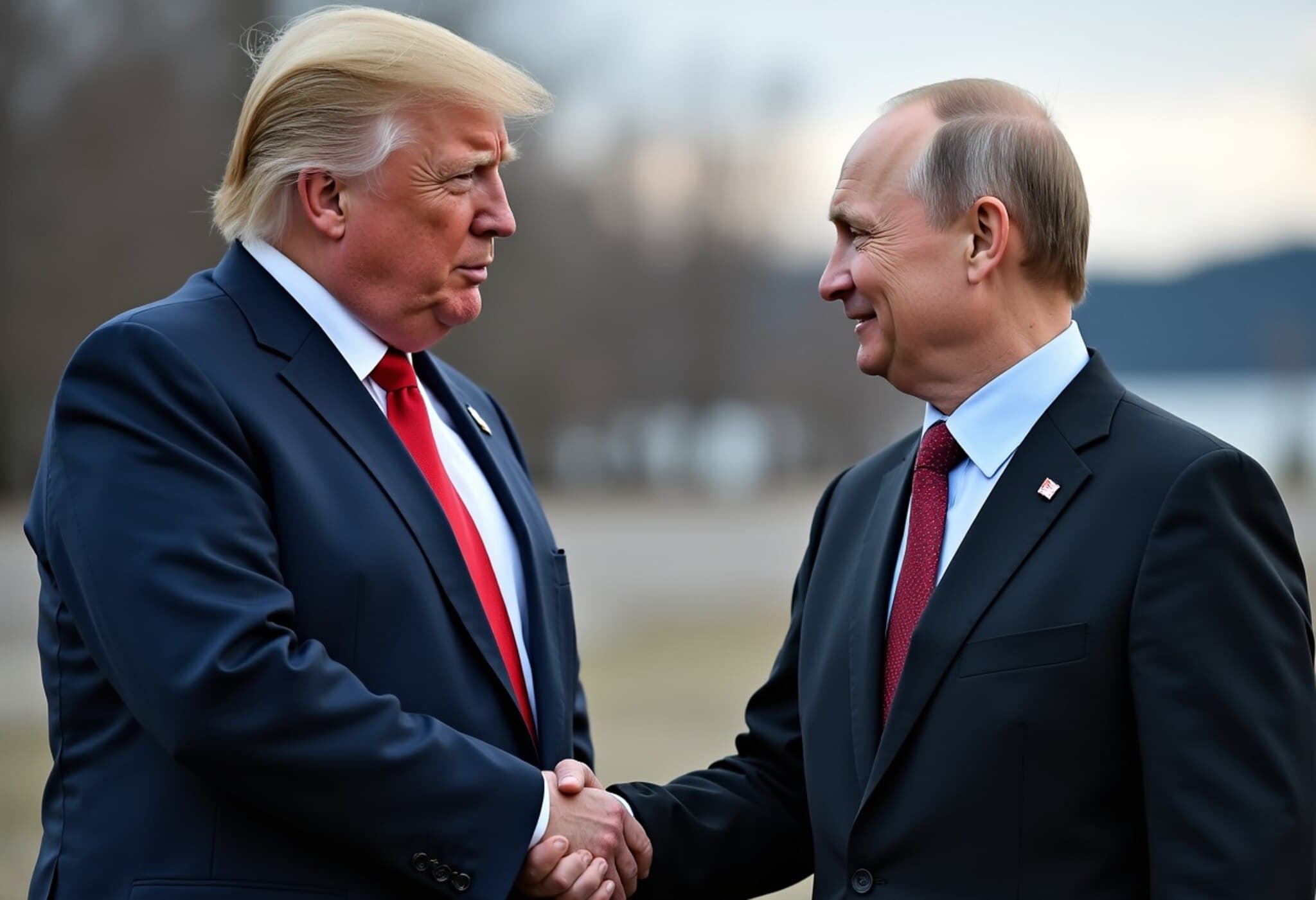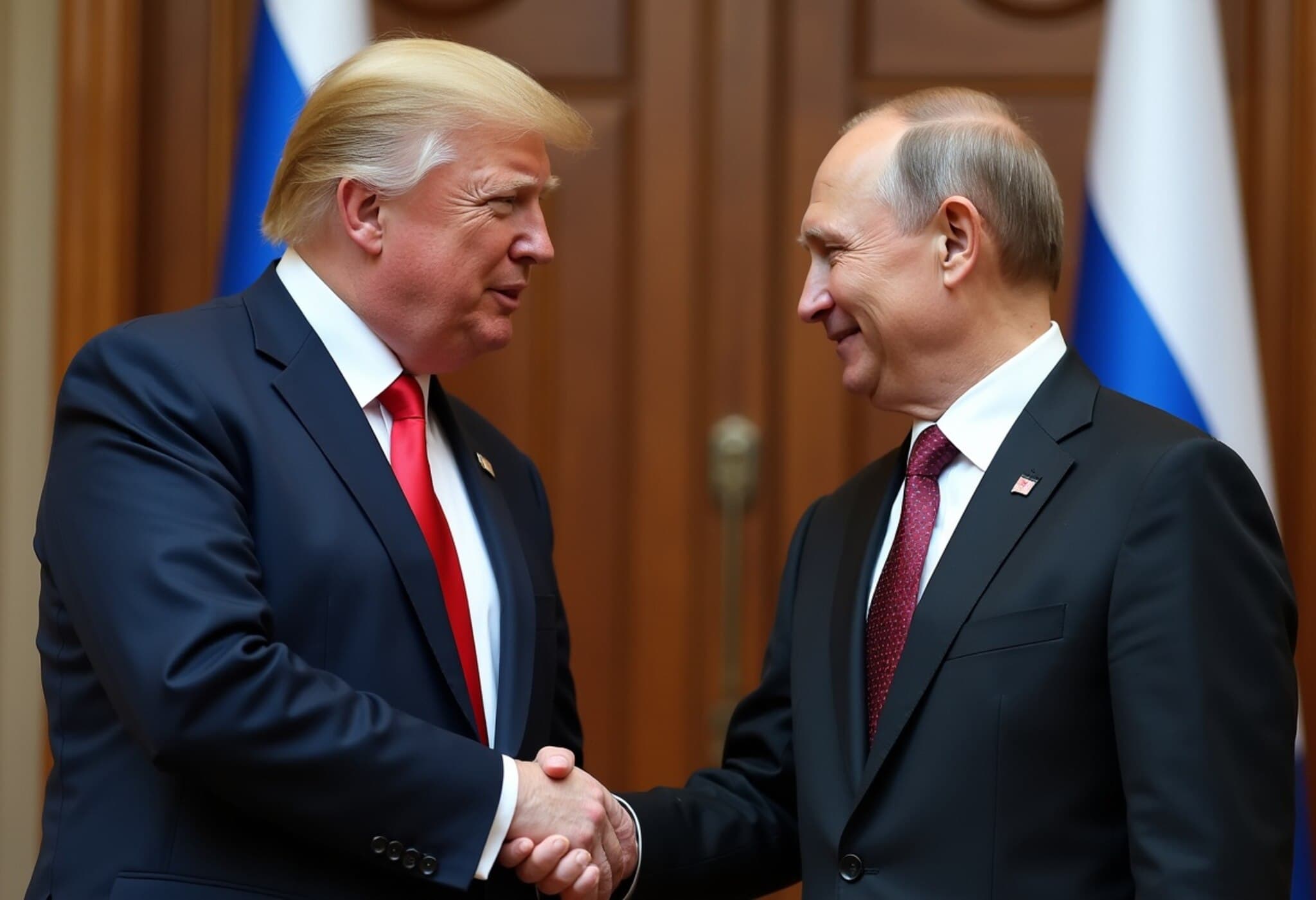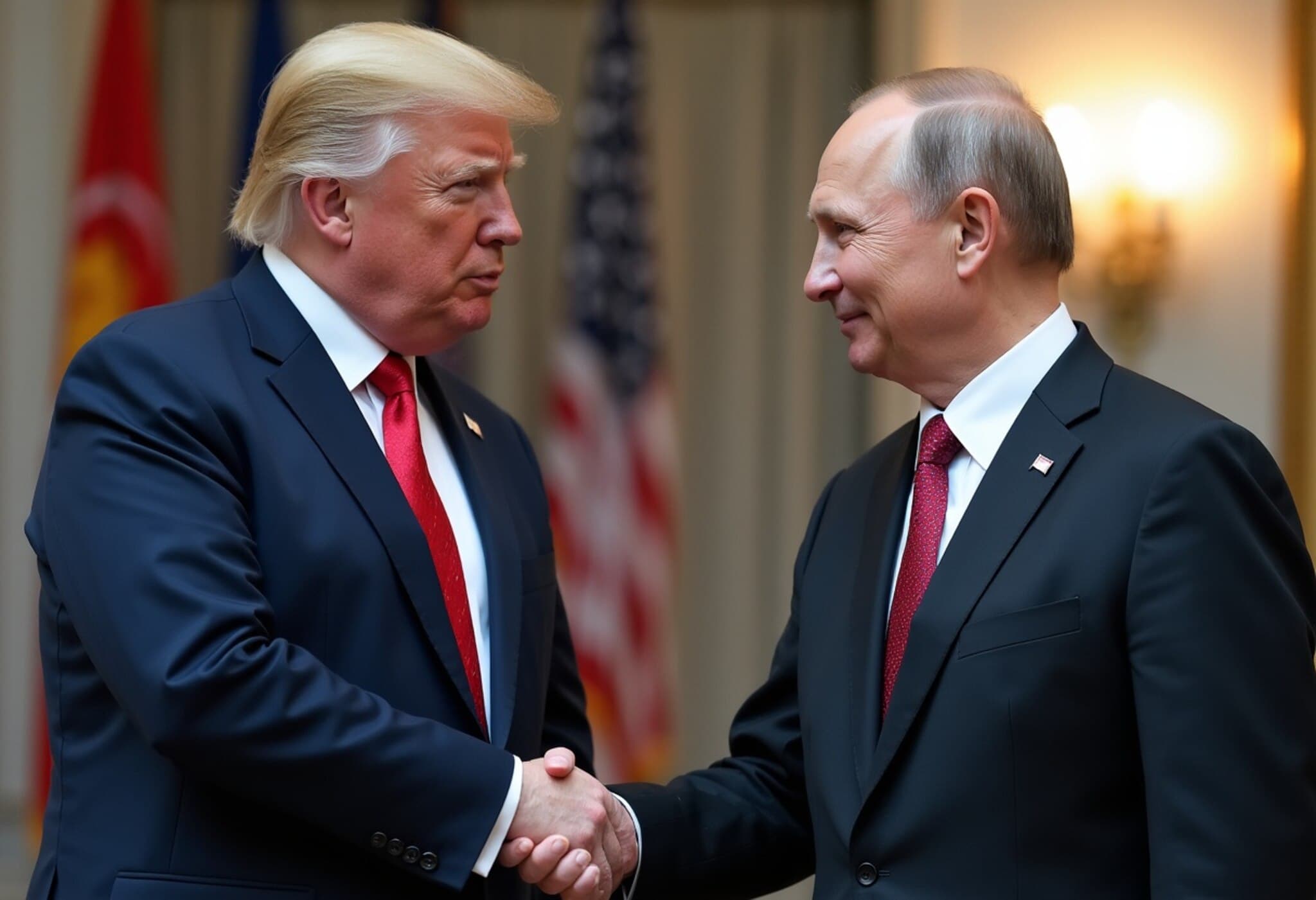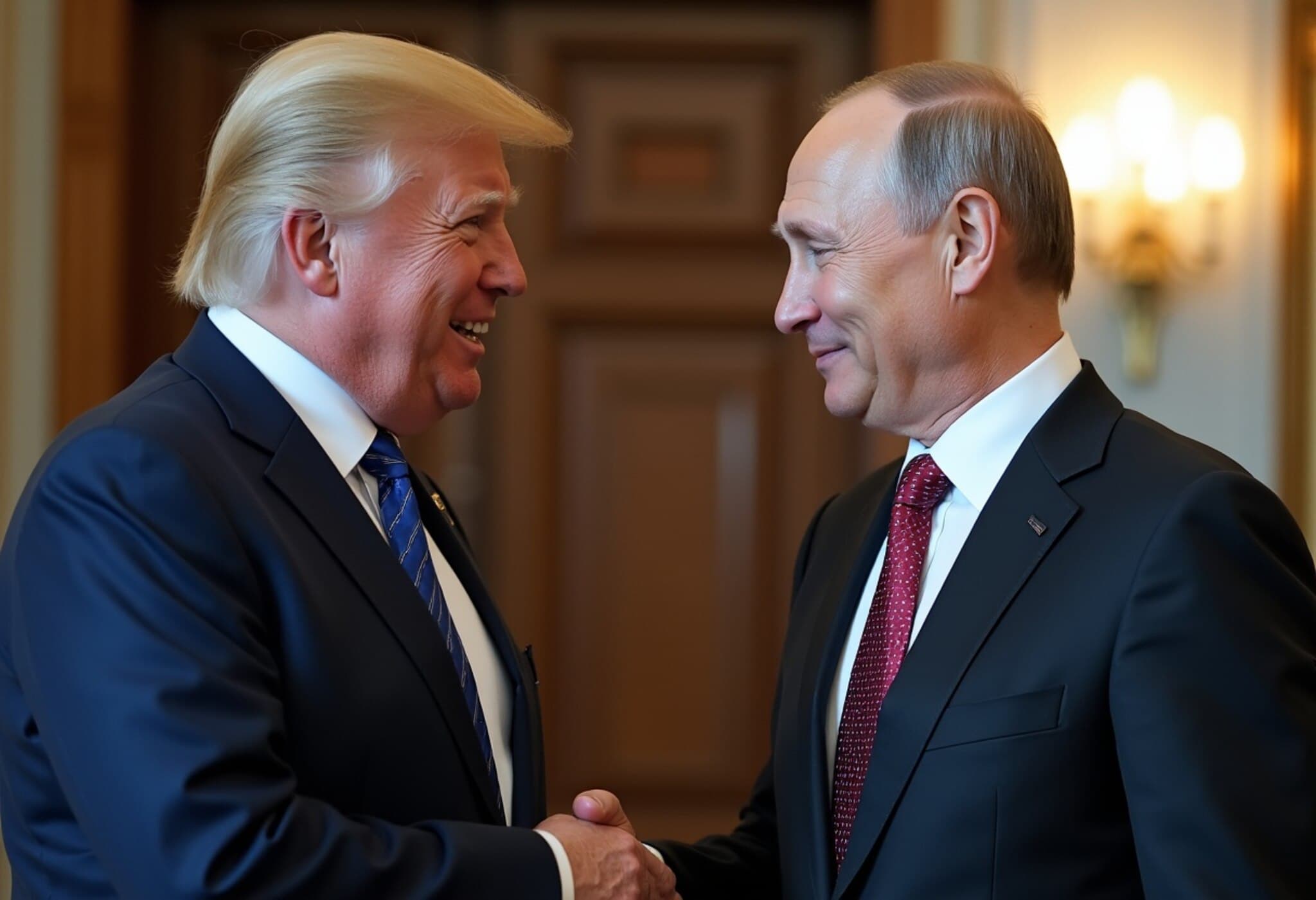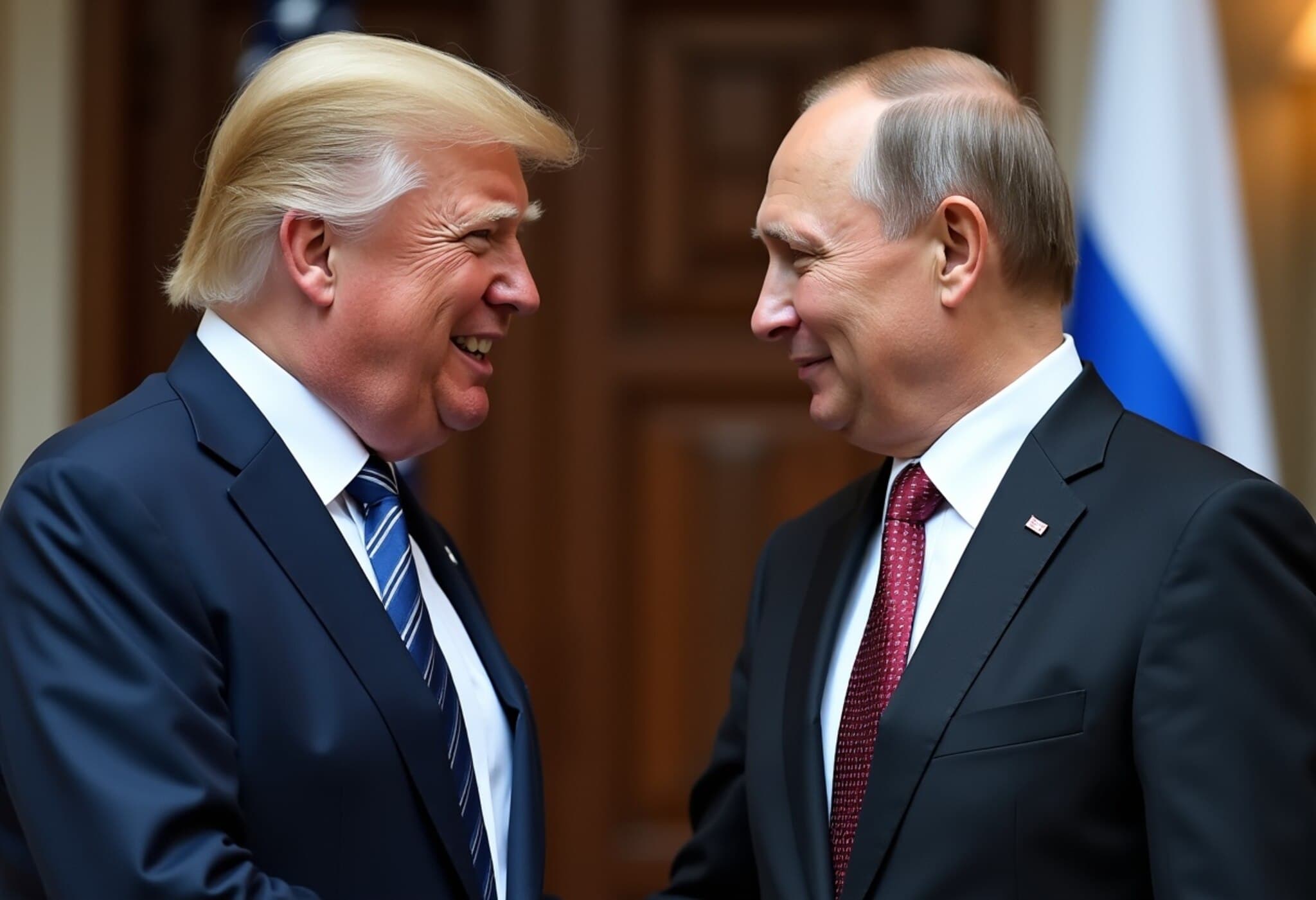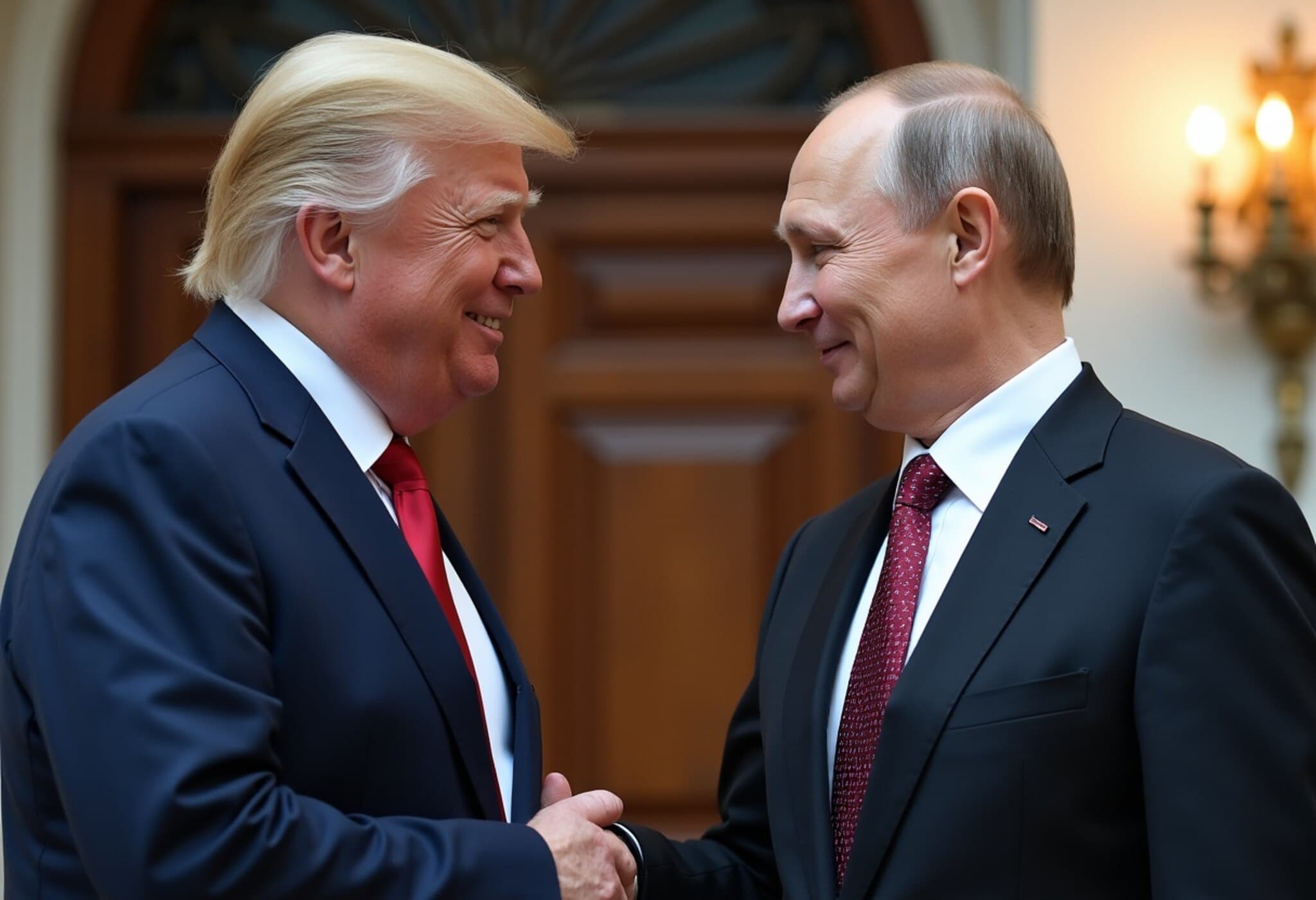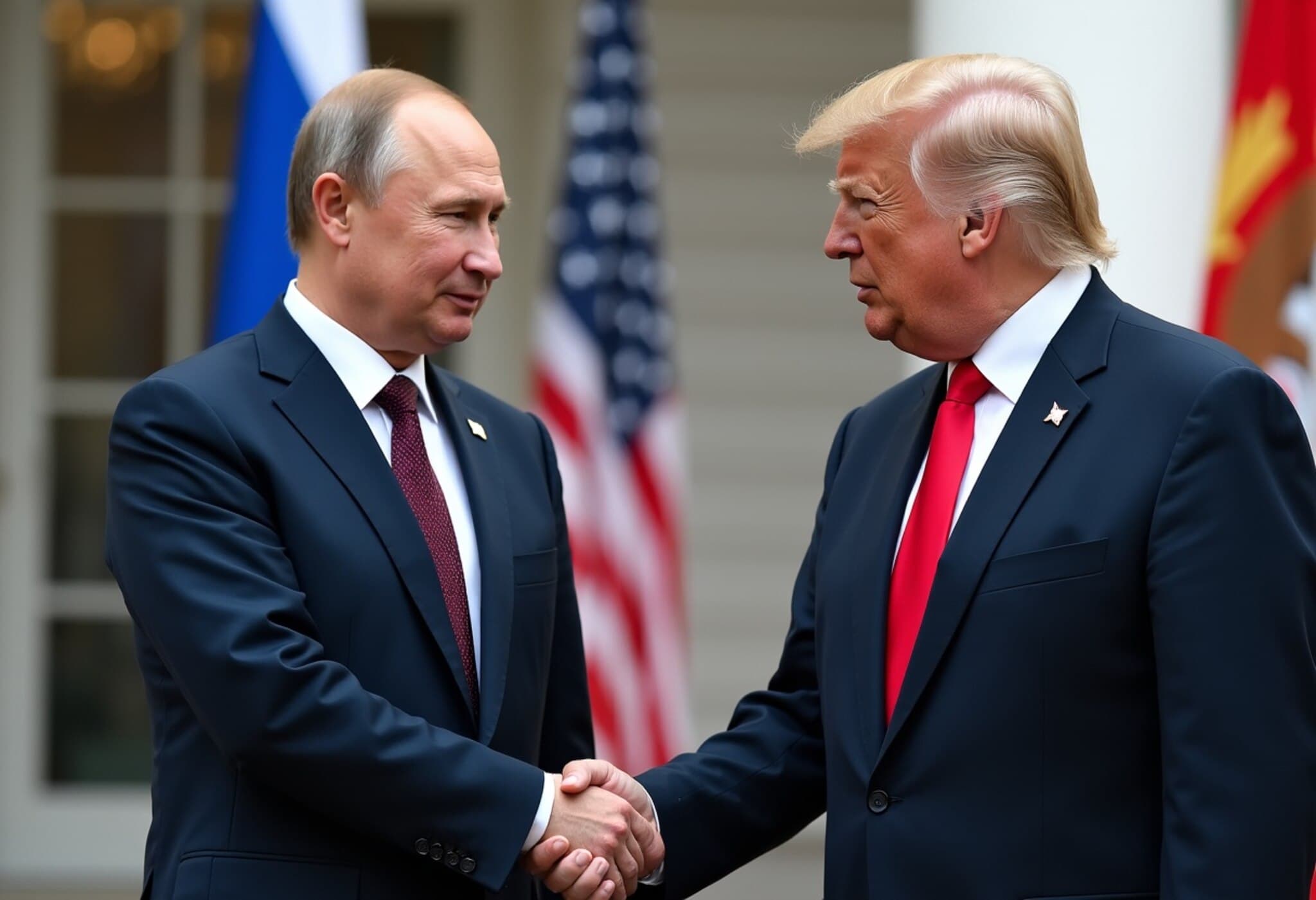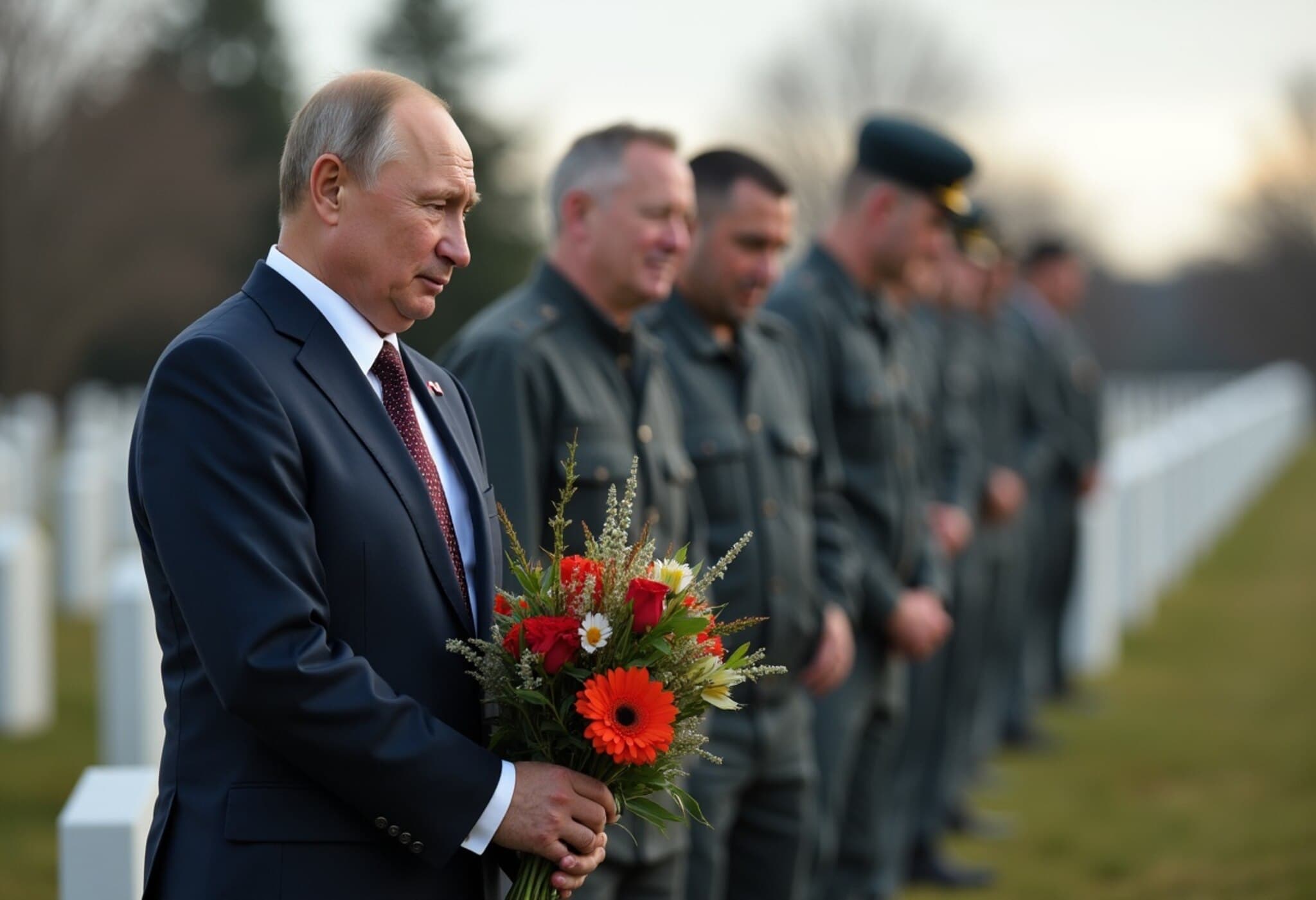Trump and Putin Meet Amid Hopes for Ukraine Peace Talks
In a highly anticipated summit held in Alaska—once Russian territory—U.S. President Donald Trump and Russian President Vladimir Putin met on August 15, 2025, aiming to chart a path toward resolving the ongoing war in Ukraine. Despite intense global anticipation, the talks did not produce a definitive breakthrough. However, both leaders described the dialogue as productive, signaling potential progress and the prospect of future negotiations.
A Meeting Framed as a Starting Point
This meeting marked Putin’s first visit to the United States in nearly a decade, with the Russian leader emphasizing the historic challenges in U.S.-Russia relations, which he described as at their lowest point since the Cold War. Putin called the talks a “starting point,” underscoring the need for dialogue to mend fractured ties and address the devastating conflict in Ukraine.
Trump echoed this cautious optimism, highlighting that while many points of agreement were reached, critical issues remained unresolved. “There’s no deal until there’s a deal,” Trump stated, signaling both openness and realism about the complexities involved.
The Ukraine Question: Absent But Central
Notably, Ukrainian representatives were absent from the negotiations, generating concern and criticism. Ukraine's President Volodymyr Zelenskyy publicly expressed the need for direct trilateral talks involving Ukraine, the U.S., and Russia, emphasizing that any peace deal must respect Ukraine's sovereignty.
In a pre-summit post on X (formerly Twitter), Zelenskyy underscored this stance: “A meeting of leaders is needed—at the very least, Ukraine, America, and the Russian side.” The exclusion of Kyiv raised important questions about the legitimacy and potential outcomes of the summit, given that any agreement reached without Ukraine might undermine the country’s territorial integrity or political agency.
Diplomatic Nuances and Regional Implications
Trump indicated plans to brief Ukraine and NATO on the discussions, emphasizing it is “ultimately up to them” to decide the next steps toward peace. The summit comes amid multiple previous rounds of stalled negotiations since Russia’s full-scale invasion began in early 2022.
Analysts note that while the summit did not yet shift the conflict’s trajectory, it reflects a subtle recalibration in diplomatic approach—one that leans toward engagement over isolation. For the United States, the balancing act lies in fostering dialogue with Moscow without conceding to demands that could legitimize Russia’s territorial claims.
Media and Public Reactions: Contrasting Perspectives
- Russian Media: Prevailing coverage hailed the summit as a diplomatic win for Moscow, underscoring Putin’s message about renewing U.S.-Russia relations and downplaying immediate concessions.
- Ukrainian Sentiment: The mood was somber, with fears that any deal brokered by Trump could erode Ukraine’s territorial sovereignty.
- International Observers: Expressed cautious interest, urging transparent, inclusive negotiations that honor Ukraine’s role in any peace process.
Expert Insight: The Long Road Ahead
As Dr. Emily Fisher, a senior policy analyst on Eurasian affairs, explains, “Diplomacy with Russia over Ukraine is a marathon, not a sprint. While this summit did not produce concrete results, it opened channels of communication that had long been dormant. The key will be ensuring that Ukraine is central to all future talks, preserving their sovereignty and security.”
Similarly, former U.S. diplomat Michael Haines notes, “The U.S. must balance its desire for peace with robust support for Ukraine. Any perception of sidelining Kyiv risks undermining Western unity and long-term stability in Eastern Europe.”
Looking Forward: What Comes Next?
Putin proposed further meetings in Moscow, hinting at a continuation of high-level talks. Trump’s declaration that “one point is probably the most significant” left many guessing what final hurdles remain. The summit underscores the complexity of ending the war, but also the persistent hope that sustained diplomatic engagement can pave the way for peace.
Meanwhile, the world watches closely as Ukrainian resilience continues amid ongoing conflict, hoping that future negotiations will prioritize humanitarian concerns and respect for international law.
Editor's Note
This historic meeting between Trump and Putin illustrates the delicate tightrope of diplomacy in the 21st century—where geopolitical tensions intertwine with urgent humanitarian crises. While the absence of Ukraine from talks invites scrutiny, the summit's true significance may lie in restarting dialogue between two nuclear powers at a time of profound global instability. As the situation evolves, the international community must keep a consistent focus on ensuring any peace efforts uphold Ukraine's sovereignty and broader European security.
Key questions remain: Can future negotiations include all critical stakeholders? Will diplomatic overtures translate into concrete steps to end the war? And how will U.S. foreign policy balance engagement with accountability?

